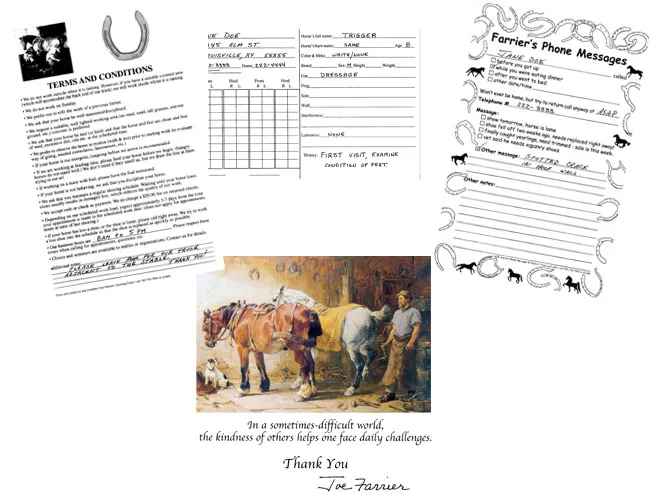American Farriers Journal
American Farriers Journal is the “hands-on” magazine for professional farriers, equine veterinarians and horse care product and service buyers.

Every farrier has experienced it during his or her career: You tell a client something, and he or she hears something completely different. The outcome can range from an inconvenient misunderstanding to a major disagreement that results in the loss of a shoeing account or even litigation.
How can farriers protect themselves from the “He said, she heard” syndrome? Keeping good notes and putting some of your communication in writing is a good start. I am not advocating that farriers write letters all the time, but being able to refer to notes or correspondence is very helpful — especially when someone else remembers it differently!
Start when you schedule an appointment. Some farriers use a written form that outlines their terms and required working conditions. Commercial forms are available for this purpose, or you can have your own made up. You may or may not want to include shoeing and trimming prices, depending on your pricing policies.
Including this form with your invoice can serve as a reminder to existing clients who may be failing to provide appropriate working conditions or are not respectful of your schedule, etc. Examples of some terms and conditions are: